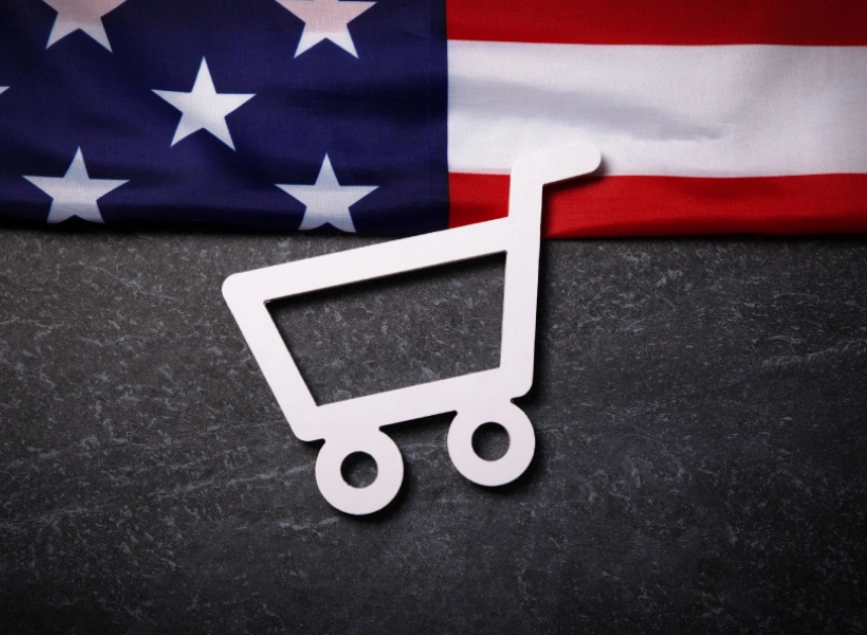
U.S. Retail Sales Rebound in February 2025 – What It Means for the Economy
After a slow start to the year, U.S. retail sales bounced back in February 2025, signaling resilience in consumer spending. However, the growth rate fell short of market expectations, raising questions about the broader economic outlook. Let’s dive into the details and explore what this means for businesses, investors, and policymakers.
Retail Sales Rise 0.2% – A Modest Comeback
According to the latest data, U.S. retail sales increased by 0.2% in February 2025 compared to January. This recovery follows a sharp 1.2% decline in January, but it was still lower than the 0.6% growth economists had forecast.
Sectors That Saw the Biggest Growth
Some industries experienced strong consumer demand last month:
✅ Online Retail: +2.4%
✅ Health & Personal Care Products: +1.7%
✅ Food & Beverages: +0.4%
✅ General Merchandise: +0.2%
The sharp rise in e-commerce sales suggests that consumers are still prioritizing convenience, while the growth in health products indicates ongoing demand for wellness-related items.
Read More: The US Government’s Bold Move into Crypto
Sectors That Faced a Decline
Not all industries shared in the growth. Some sectors saw notable declines:
❌ Restaurants & Food Services: -1.5%
❌ Gas Stations: -1%
❌ Clothing Stores: -0.6%
❌ Vehicle Sales & Auto Parts: -0.4%
❌ Sporting Goods, Musical Instruments & Books: -0.4%
❌ Electronics & Appliances: -0.3%
❌ Furniture: No change
The drop in restaurant and fuel spending suggests that consumers are being more cautious with discretionary spending, likely due to high inflation and interest rates.
The Key Indicator for GDP Growth
One crucial part of the report is core retail sales, which exclude food services, autos, building materials, and gas—sectors that are typically more volatile. This metric, often used in GDP calculations, showed a strong 1% increase in February.
This growth was five times higher than the expected 0.2% rise and completely reversed January’s 1% decline, signaling a stronger foundation for consumer-driven economic growth.
💡 Important Note: These figures are not adjusted for inflation, meaning some of the increase may be due to rising prices rather than actual spending growth.
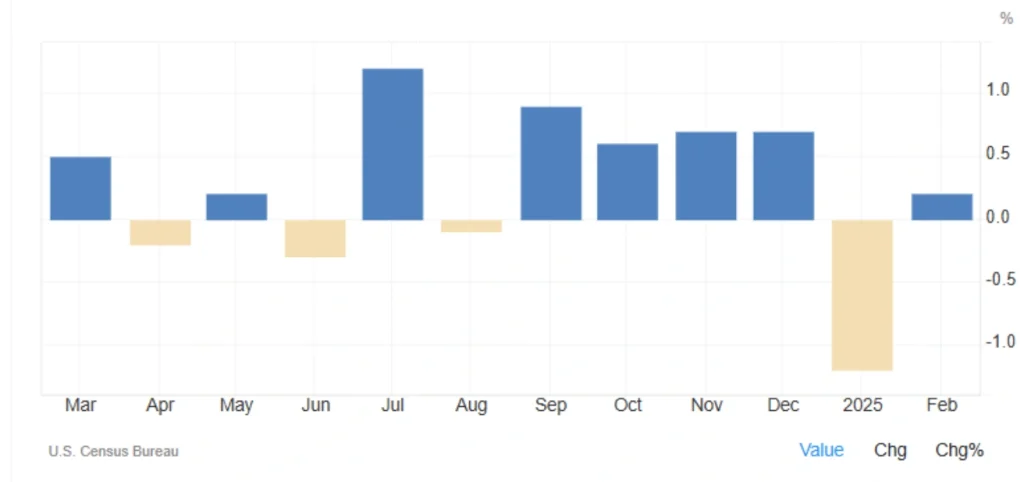
Why Retail Sales Matter for the Economy
A Barometer for Consumer Confidence
Retail sales are a key indicator of consumer sentiment and financial health. When people spend more, it typically signals a strong labor market and rising wages. Conversely, weaker retail sales suggest economic uncertainty or cautious spending behavior.
Federal Reserve Policy & Interest Rates
If retail sales continue to rise significantly, the Federal Reserve may tighten monetary policy by raising interest rates further to control inflation. However, weaker-than-expected growth could ease pressure on rate hikes.
Impact on the Stock Market & U.S. Dollar
Changes in consumer spending can affect corporate earnings, stock prices, and even the strength of the U.S. dollar. A lower-than-expected growth rate may weaken investor confidence, while strong spending in certain sectors could boost individual stocks.
Challenges Ahead – What to Watch
While February’s numbers show signs of recovery, several risks remain:
🔹 Weaker-than-expected growth (0.2% vs. 0.6% forecast) raises concerns about consumer caution amid high interest rates.
🔹 Declines in key sectors (restaurants, clothing, and auto sales) suggest cutbacks in non-essential spending.
🔹 Inflation impact: Since the data is not inflation-adjusted, rising prices may be inflating the numbers artificially.
Conclusion: A Step Forward, but Uncertainty Remains
The modest retail sales increase in February is a positive signal for the U.S. economy, but it also highlights ongoing consumer caution. While certain sectors, like e-commerce and health products, are thriving, declines in restaurants, fuel, and apparel suggest that Americans are cutting back on discretionary spending.
🔹 For businesses: Companies should focus on adapting to changing consumer behaviors, particularly the continued shift towards online shopping and health-conscious spending.
🔹 For investors: The Federal Reserve’s next move on interest rates will be crucial in determining market trends.
🔹 For consumers: Keeping an eye on inflation trends and job market stability will help gauge future spending power.
With uncertainty still looming, March’s retail sales data will be crucial in determining whether this rebound is sustainable or just a temporary uptick.
🔔 Stay tuned for more updates on consumer spending and market trends!
Share
Hot topics
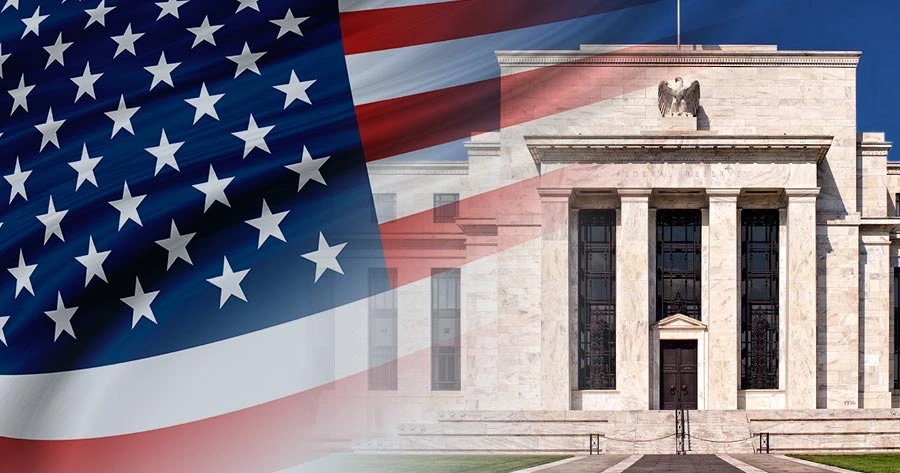
Federal Reserve’s Challenges to Trump’s New Policies
As the Federal Reserve Open Market Committee (FOMC) prepares for its upcoming meeting, all eyes are on how the Fed will respond to Donald Trump’s latest economic policies. With the...
Read more


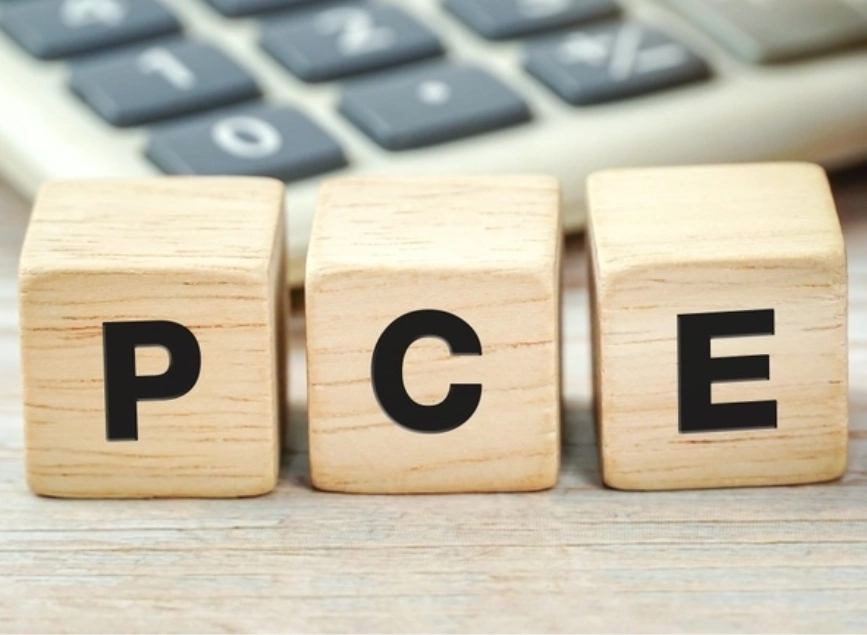
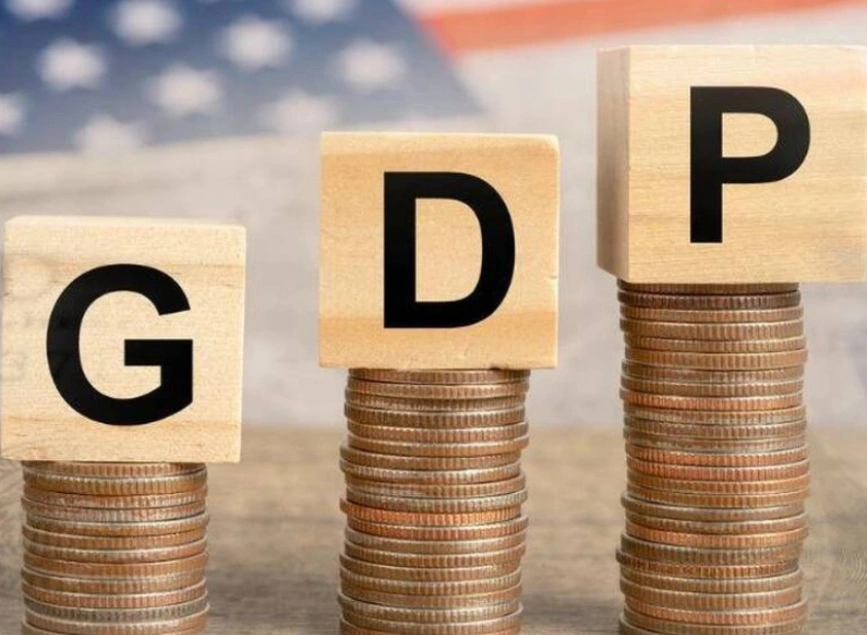
Submit comment
Your email address will not be published. Required fields are marked *